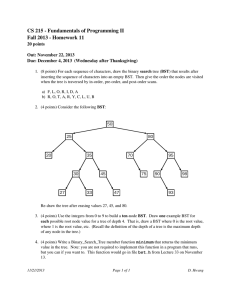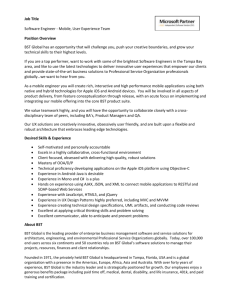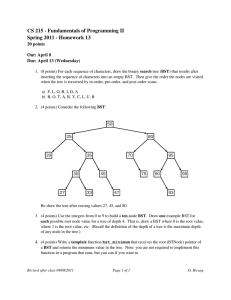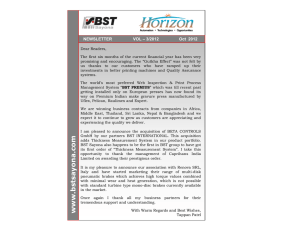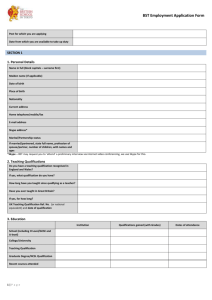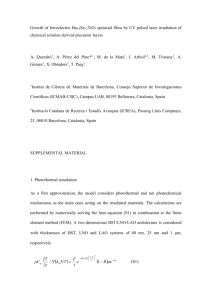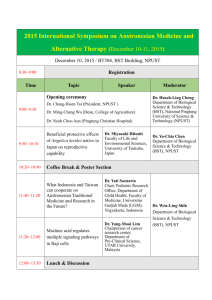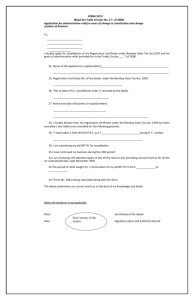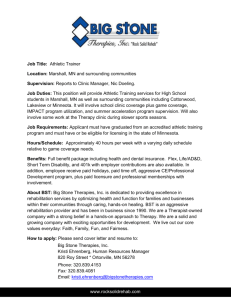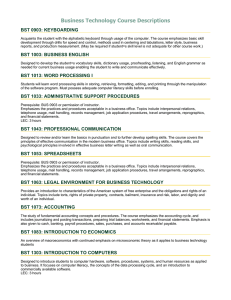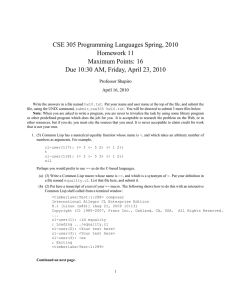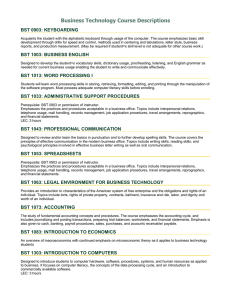What is bedside teaching? - Johns Hopkins University
advertisement
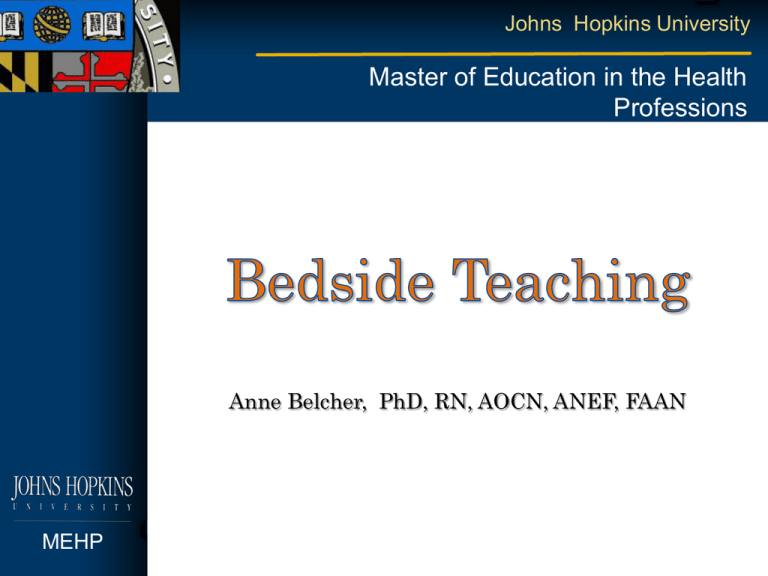
Johns Hopkins University Master of Education in the Health Professions Anne Belcher, PhD, RN, AOCN, ANEF, FAAN MEHP What is bedside teaching? Direct interaction among the health care provider, the student, and the patient or the patient’s family Purposes include the following: Elicit a history Perform a physical examination or procedure Discuss the diagnosis and best therapeutic approaches Encourages student to problem solve Allows provider to model behaviors such as communication skills, professionalism, and compassion History of BST • Dates back to the time of Hippocrates, Sylvius and Sir William Osler • Present studies reveal that fewer health care providers teach at the bedside • General agreement throughout academic education that BST is at risk of becoming a lost art Advantages of BST Helps students transition from classroom to practice setting, where they can become a member of the health care team Provides opportunities for active learning Provides teacher with opportunities for role modeling Allows patients and families to become active participants in their care Barriers to BST Time—related to pressure to see more patients, fewer patient days, and more documentation However, according to Gonzalo et al (2010), total rounding time (walk rounds and BST together) did not change with the addition of BST Student based barriers include disinterest Teacher based barriers include lack of training, fear of violating HIPAA, lack of dedicated time Patient-based barriers include critical status, discomfort, distress Systems-based barriers include overabundance of technology-driven diagnoses; interruptions Description of models Microskills of BST (Neher et all, 1992) Get a commitment Probe for supporting evidence Teach general rules Reinforce what was done well Correct mistakes Identify future learning steps Janicik & Fletcher (2003) Domains Domain 1 attends to patient’s comfort Domain 2 focuses on five Microskills Domain 3 addresses group dynamics Application of adult learning theory to BST • Kolb’s model of experiential learning – Concrete experience – Reflective observation – Abstract conceptualization – Active experimentation Knowles’ six core principles of andragogy • • • • • • Learner’s need to know Learner’s self-concept Prior experience of the learner Readiness of the learner Orientation to learning Motivation to learn Student and patient perspectives on BST* • Only 48% of students reported they had been given enough • 100% found it to be the most effective way of learning clinical skills • 77% of patients enjoyed BST • 83% said it did not make them anxious *Nair, BR, Coughlan, JL, & Hensley, MJ (1997). Student and patient perspectives on bedside teaching. Medical Education, 31, 341-346. Assessing the quality of BST* • Use of structured, 15-item objective structured clinical examination checklist • While useful as a tool for assessing quality, the authors noted that BST may be a more inherently subjective process, based on different teaching (and learning) styles *Conigliaro, RL & Stratton, TD (2010). Assessing the quality of clinical teaching: a preliminary study. Medical Education, 44 (4), 379-386
